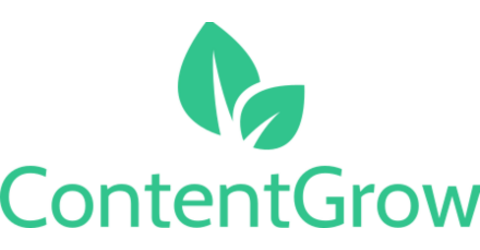Generative AI might be the lifeline premium publishers needed
Trust is becoming machine-readable, and that’s good news for premium media
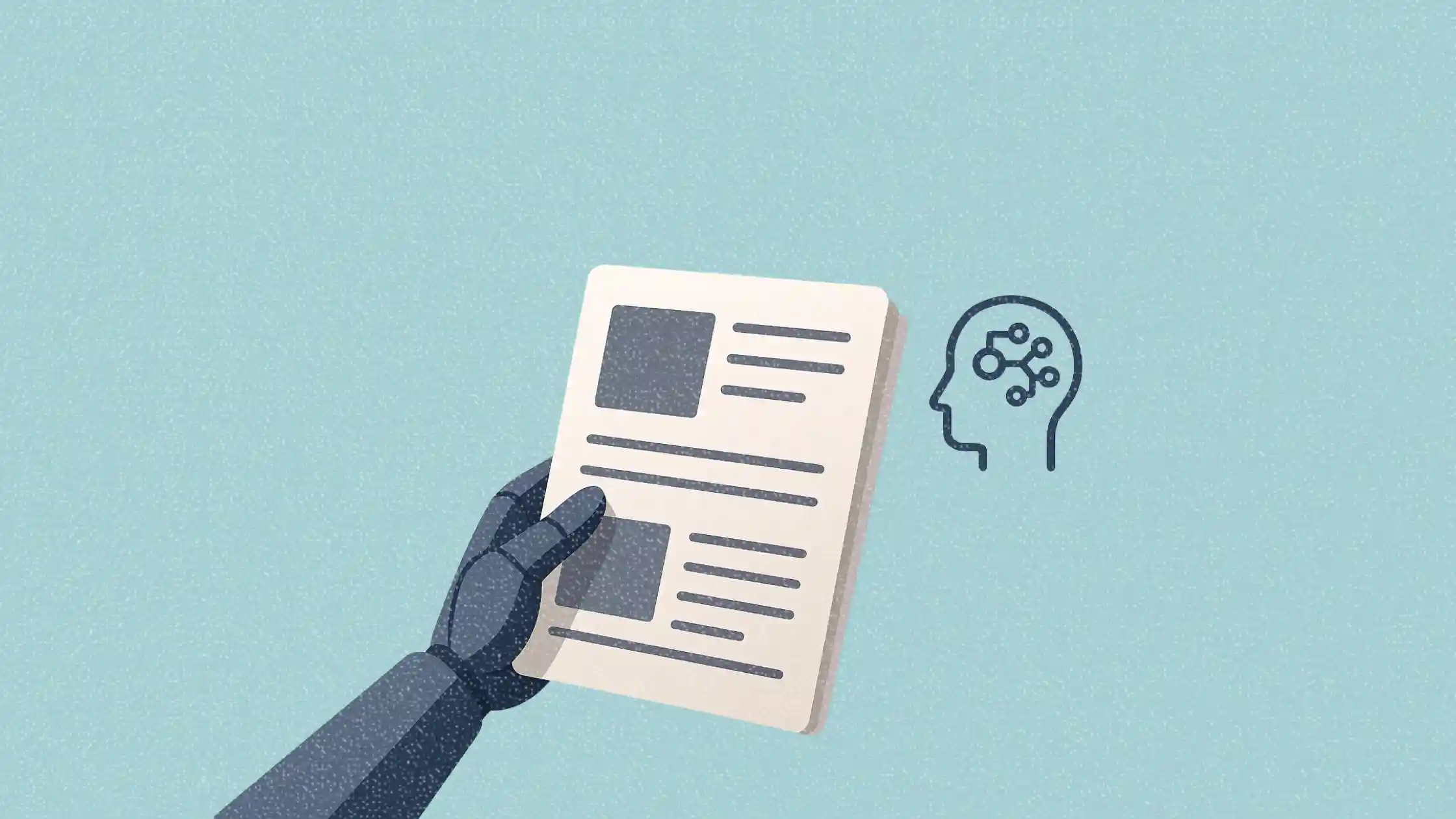
After years of battling declining ad revenues, algorithm shifts, and the rise of clickbait farms, high-quality publishers might finally be seeing a turn in the tide.
And it’s coming from the very technology many feared: Generative AI.
This article explores how large language models (LLMs) are shifting the economics of digital media, why trust and authority are gaining value again, and what marketers should be doing to align with the new reality.
Short on time?
Here’s a table of contents for quick access:
- Why LLMs favor trusted sources
- Citations are the new ad impressions
- LLM-native ad formats are taking shape
- Why direct deals are back
- What marketers should do now
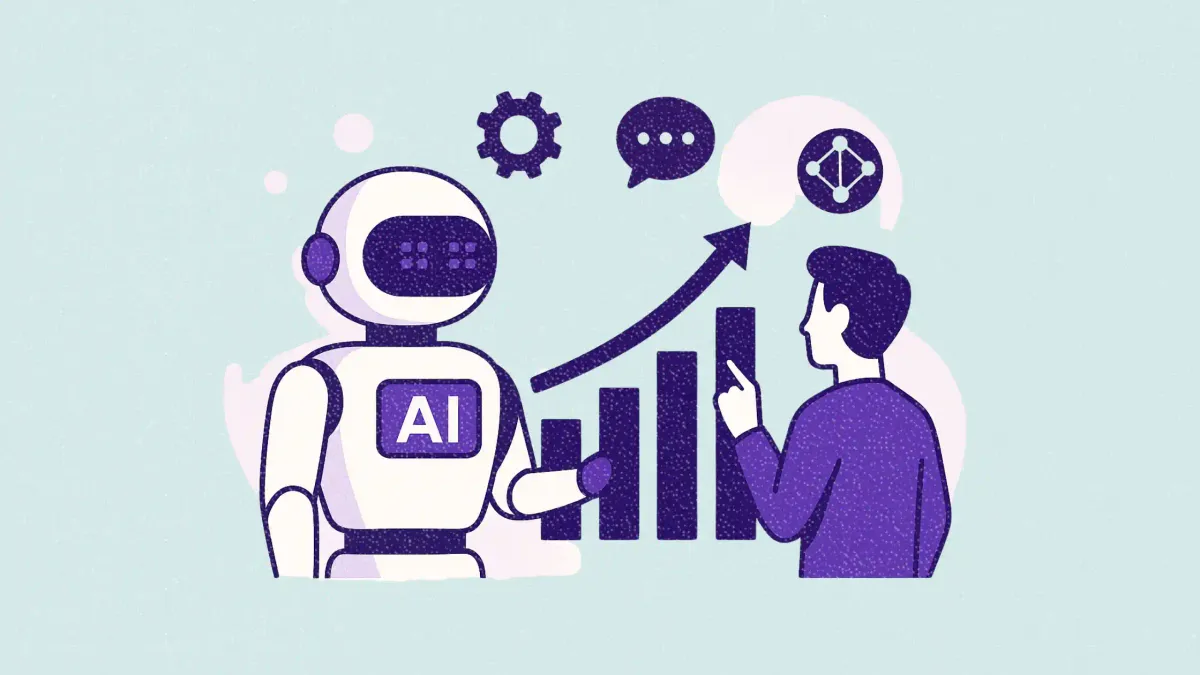
Why LLMs favor trusted sources
Traditional search engines often rewarded content volume and SEO tricks. But LLMs play a different game. These models interpret content, not just index it.
They prioritize clarity, consistency, and credibility.
That gives an edge to premium publishers who focus on accurate reporting and structured formats. Content mills and low-effort SEO plays are losing relevance. Not because of another algorithm update, but because the model is designed to elevate trust.
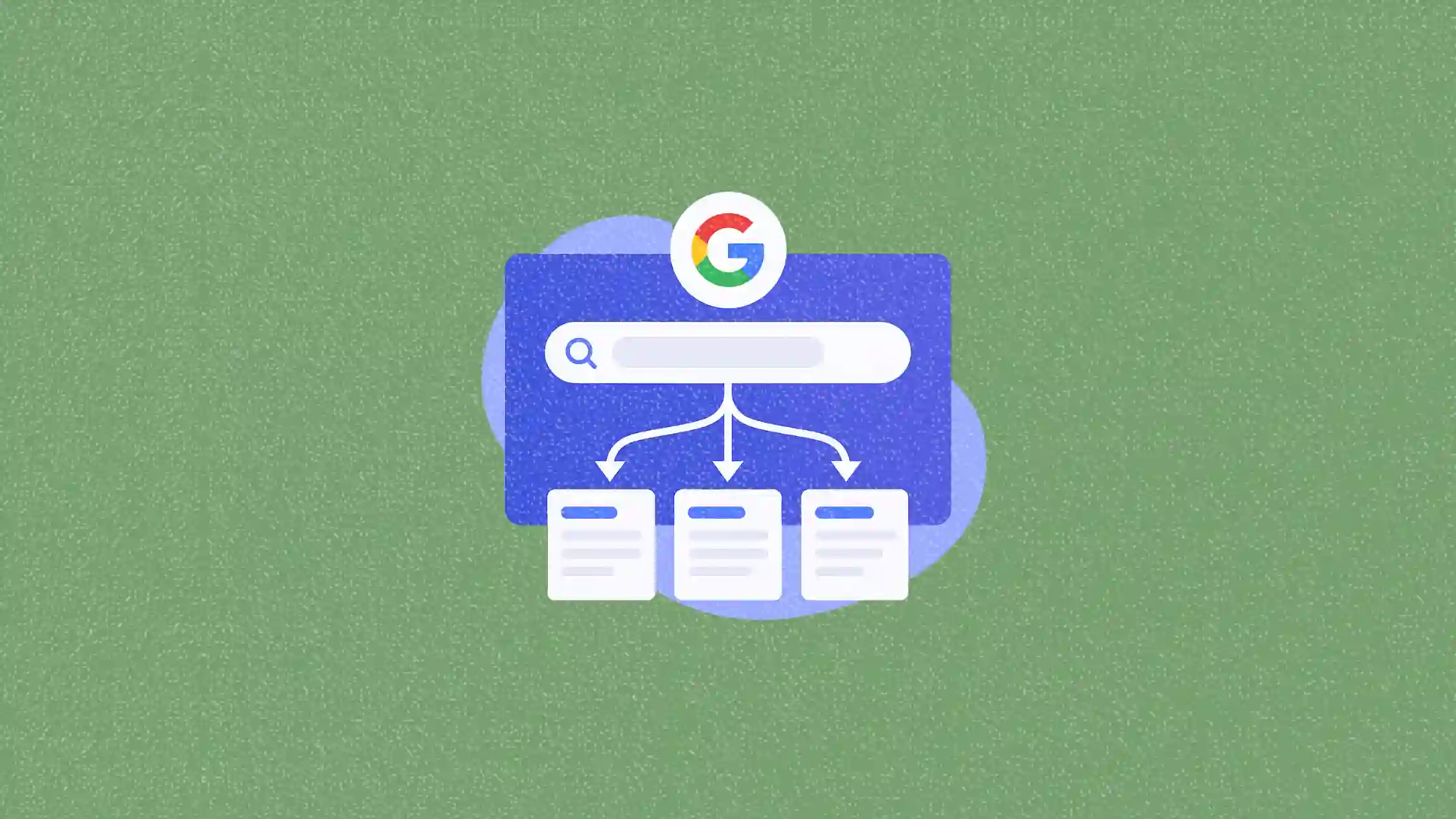
Citations are the new ad impressions
Traffic still matters, but visibility in AI responses is becoming just as valuable. When an AI agent cites or links to a publisher, it creates a moment of high user intent. That citation is like a new kind of native ad: trusted, timely, and context-rich.
Premium publishers can monetize these moments in a few ways:
- Sponsored citations: Think “brought to you by” within AI-generated answers.
- Licensing agreements: Especially for evergreen or data-backed journalism.
- Embedded links: Prompts that guide users to trusted publisher environments at the right time.
In short, visibility shifts from fleeting clicks to long-term relevance.
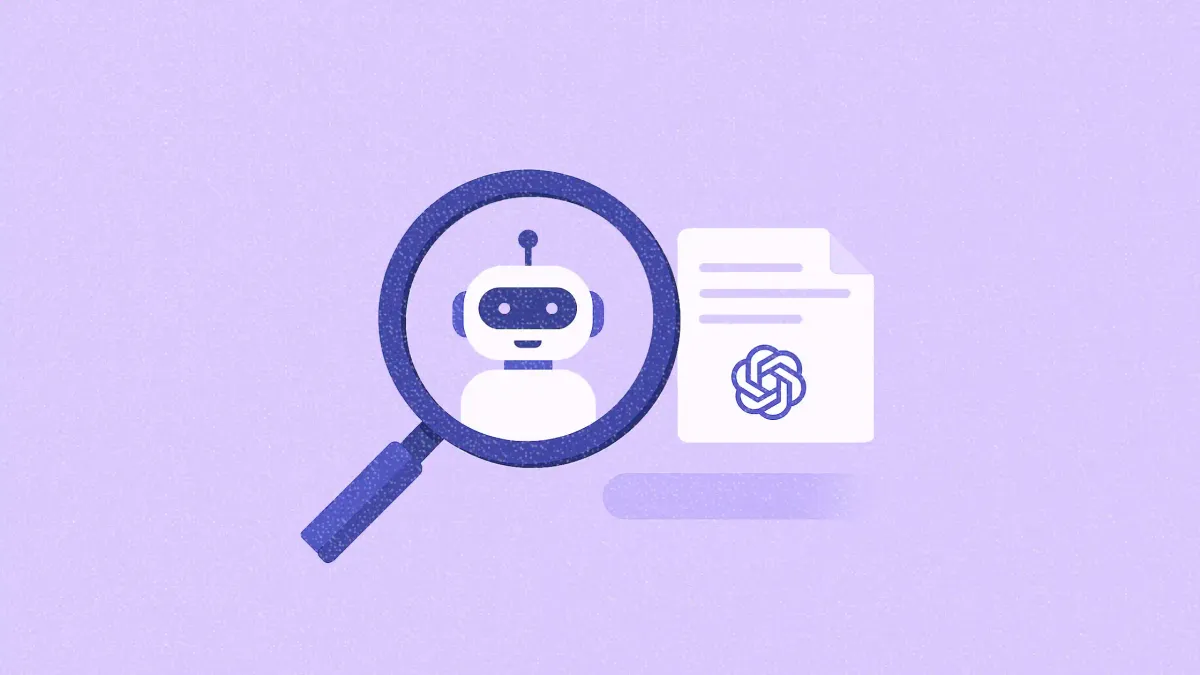
LLM-native ad formats are taking shape
New ad formats are already being tested for AI environments:
- Conversational ads: Embedded directly into AI outputs and aligned with context.
- Answer sponsorships: Brands linked to types of queries, such as a fintech firm showing up in financial advice responses.
- Contextual callouts: Product mentions within AI-generated recommendations.
These only work in clean, structured, high-quality content ecosystems. That’s the domain where premium publishers thrive.
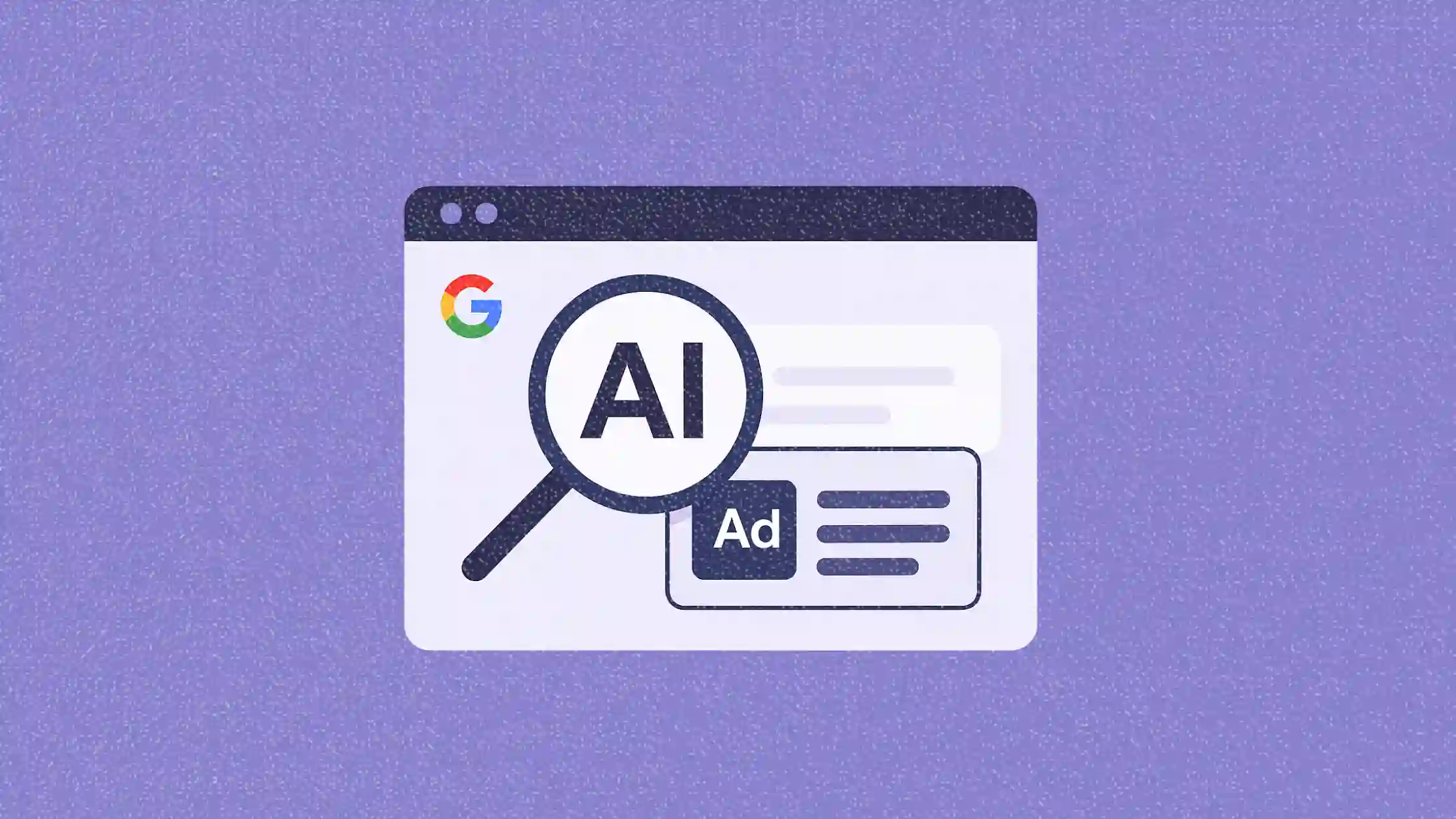
Why direct deals are back
The programmatic era sidelined direct-sold advertising. But AI is reintroducing the need for trust and contextual alignment. As machines curate answers rather than serve pages, brand safety becomes non-negotiable.
Advertisers will increasingly value publishers that are frequently cited by LLMs. These citations act as quality filters.
Brands may pay a premium to appear near trusted, LLM-approved information. In that world, direct deals offer more control, more context, and more credibility.
What marketers should do now
Here are four strategic shifts to consider as AI reshapes discovery:
- Target contexts, not just demos
LLMs deliver answers, not audiences. Brands must optimize to appear in moments of need, not just target personas.
- Partner with trusted publishers
Work with outlets already favored by LLMs. That alignment helps ensure your brand is part of the conversation.
- Design for text-native outputs
LLM environments are primarily text-based. Your creative should be informative, concise, and well-integrated.
- Measure generative visibility
Move beyond clicks. Track citations, reference frequency, and influence within AI-generated journeys.
When content is curated by machines, quality becomes a prerequisite. That flips the old script. The long tail of content loses traction. Premium regains value. Authority becomes scalable again.
The next big opportunity in media will not be about pageviews. It will be about being trusted by the systems that shape what people see. And for premium publishers, that is finally some good news.
